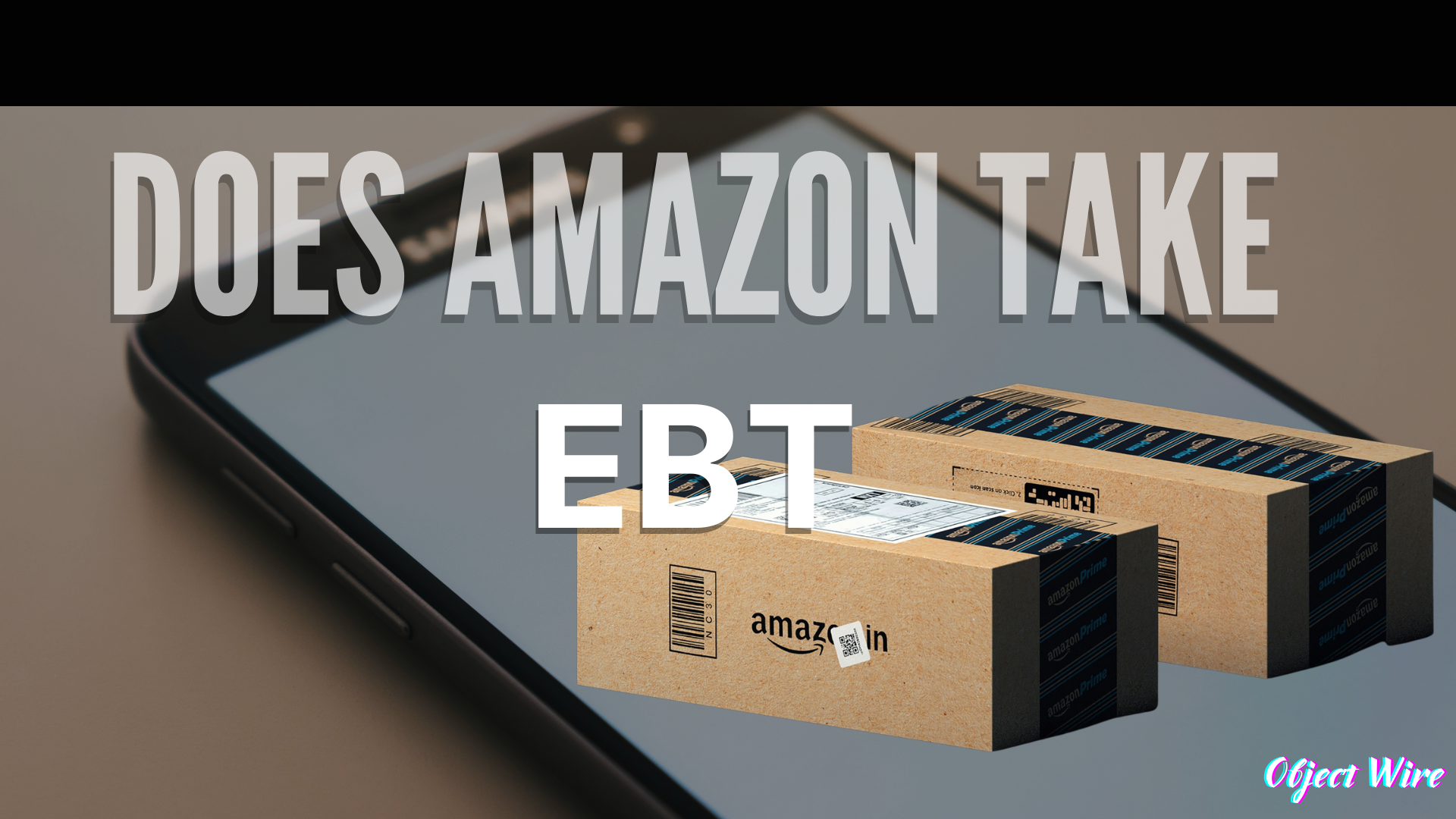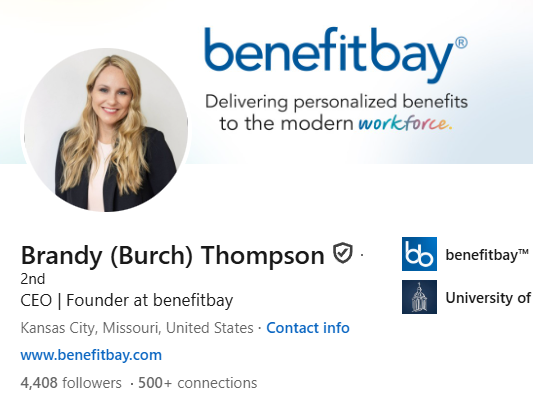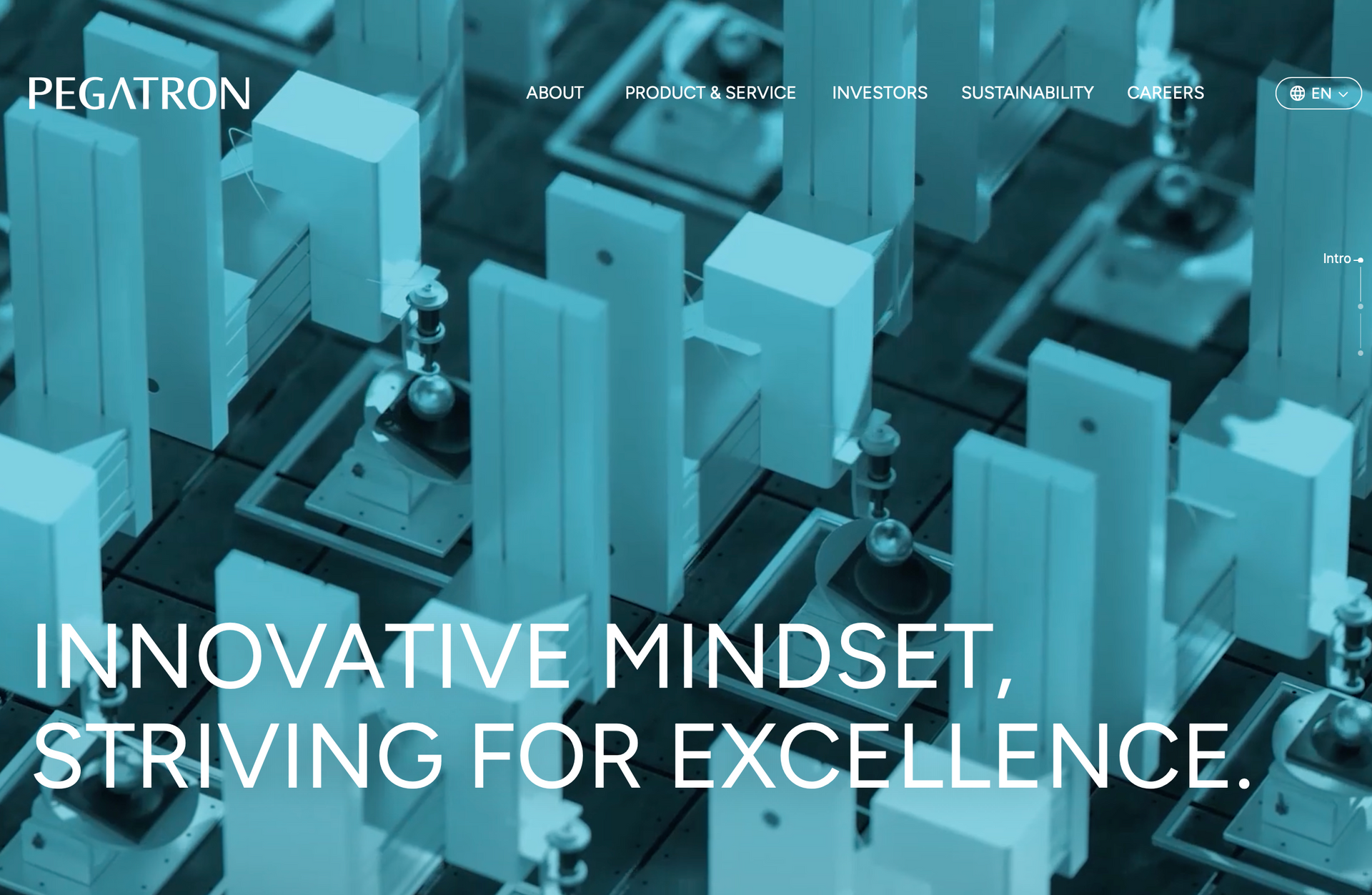Benefitbay Inc. Secures $5M Funding, Plans Leadership And Workforce Expansion
Benefitbay Inc., a Kansas City-based health tech startup specializing in end-to-end Individual Coverage Health Reimbursement Arrangement (ICHRA) administration, has closed a $5 million seed funding round, announced on August 25, 2025.
Benefitbay Company and Funding History
Founded in 2021 and relocated to Kansas City for its vibrant ecosystem, Benefitbay enables employers to model, deploy, and oversee ICHRA plans with compliance tools and employee support, addressing the growing demand for flexible healthcare solutions.
With 47 employees and trailing 12-month revenue undisclosed but positioned in a health tech market projected to reach $657.8 billion by 2030, growing at a 19.5% CAGR, the funding underscores investor confidence amid ICHRA's rapid adoption.
Benefitbay’s workforce expansion in Kansas City started hiring across technology, healthcare, and business development roles to bolster operational capabilities.
he city’s entrepreneurial ecosystem, supported by initiatives like the Kansas City Tech Council, provides access to skilled talent, with plans to add dozens of positions to the current 47-employee headcount.
Benefitbay’s $5M Seed Funding Round
The $5 million seed round, closed in August 2025, brings Benefitbay’s total funding to $13.5 million, including prior rounds like a $2.5 million seed plus in 2023 led by Right Side Capital and Comeback Capital. The capital will accelerate product development, such as AI-driven benefits modeling and compliance automation, enhancing the platform's user experience for brokers and employers.
Benefitbay’s ICHRA solution allows employees to select individual health plans with tax advantages, reducing costs by up to 20% compared to traditional group plans. This funding follows the company’s relocation to Kansas City in 2024, leveraging the Midwest’s lower operational costs and talent pool. The investment reflects the booming ICHRA market, with adoption surging 300% since 2020, enabling Benefitbay to scale from 47 employees to support broader client acquisition in a sector where personalized benefits are replacing outdated group models.
Benefitbay’s Impsct on the Health Tech Industry
This signals rising investor interest in ICHRA and personalized health tech, potentially decentralizing innovation from coastal hubs to the Midwest.
By expanding in Kansas City, Benefitbay stimulates a ripple effect, encouraging other startups to tap into regional talent and incentives, fostering collaborations with providers and insurers.
The Benefitbay platform’s focuses on streamlined benefits management
this could set new standards, improving patient outcomes through accessible, compliant solutions in a market where 40% of employers plan ICHRA adoption by 2026. Strategic investors including Right Side Capital Management and Comeback Capital, known for health tech bets, alongside angel investors with expertise in benefits and fintech.
- Platform Enhancements: Integrate AI and machine learning for predictive benefits modeling, anticipating user needs.
- Product Expansion: Broaden offerings to include wellness integrations and multi-plan support for diverse demographics.
- Sustainability Focus: Prioritize community initiatives in Kansas City for long-term talent development
Benefitbay’s goals include achieving $50 million in
revenue by 2027, leveraging the funding for global ICHRA scaling and setting benchmarks in personalized healthcare.
What is Benefitbay Inc. and its core product?
A Kansas City health tech startup offering an end-to-end ICHRA platform for personalized employer benefits
.
How much funding has Benefitbay raised total?
$13.5 million, including the recent $5 million seed round in August 2025
Title or Question
Describe the item or answer the question so that site visitors who are interested get more information. You can emphasize this text with bullets, italics or bold, and add links.Title or What are the key leadership hires from the funding?
Meagan White as Chief of Staff and Brandon Scarborough as VP of Strategic Partnerships, announced September 2024 .
Why expand workforce in Kansas City?
To leverage local talent and ecosystem for innovation, creating dozens of jobs in health tech.
What is the projected market for Benefitbay’s sector?
Health tech software at $657.8 billion by 2030, with ICHRA adoption up 300% since 2020.
Contact Us






